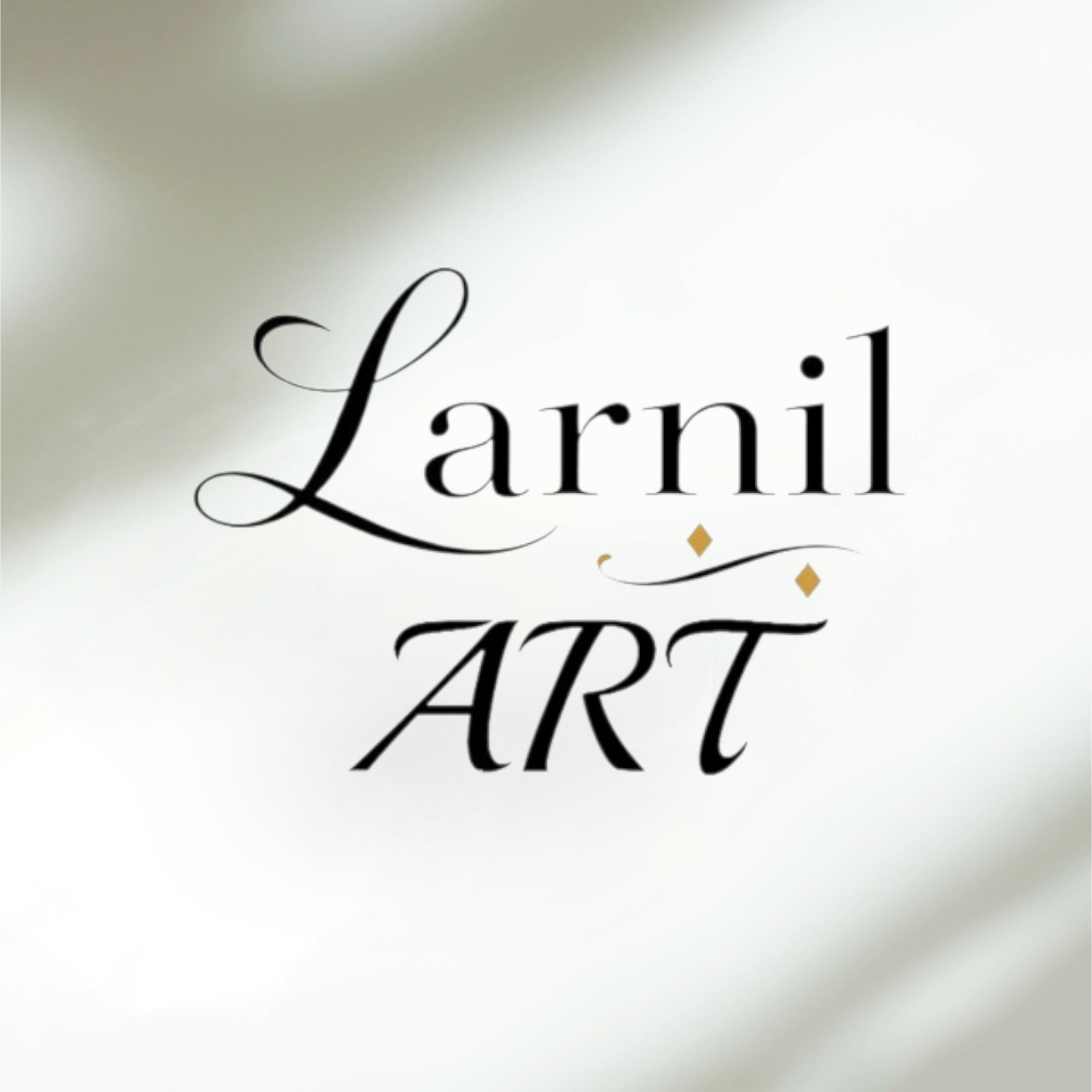The First Light of Art: From Caves to Civilizations, A Journey That Unites Humanity**
The night was dark, the kind of silence that swallowed even the faintest whispers. Deep inside a cave, a flickering fire painted the stone walls with trembling shadows. A group of people gathered closely, their eyes fixed on an elder, who sat near the flames. His hands held charcoal, his fingers stained with natural pigments. With a deliberate, almost sacred motion, he pressed his fingers against the cold stone surface.
Lines began to emerge — a bison, proud and mighty. Slowly, the elder’s hands moved, weaving together an image that seemed almost alive in the firelight. Around him, the small group held their breath. It was not just a painting; it was a ritual, an unspoken promise to their community and the world beyond. The bison wasn’t merely an animal—it was a prayer, a symbol of survival, strength, and unity.
When the elder stepped back, the group broke their silence, exhaling in awe. The creature on the wall stood as a testament to their shared hopes and fears. In that moment, they were no longer just individuals. They had become something greater—part of a collective, bound by art, faith, and the timeless need to create.
—
Art’s First Steps: Meaning in Creation**
Imagine humanity tens of thousands of years ago, standing on the precipice of discovery. Nature dominated them—its vastness, its unpredictability, its power—but art became their tool to navigate it. In the caves of Lascaux, France, these early humans found a way to connect to the world around them. Bison, horses, and deer covered the walls like a sprawling tapestry, each figure carrying a story or a hope.
Art was not a luxury. It was life itself. It was an act of survival, a connection to forces greater than any one person. Through their paintings, they called out to the spirits of nature, seeking guidance, success, and protection. Art transformed these early humans; it allowed them to dream and to unite.
—
From Nature to Humanity: The Birth of Stories**
Centuries passed, and the hands that painted animals on cave walls began to shape something new: humanity itself. Figures of men and women appeared on the rocks of Tassili n’Ajjer in Algeria. No longer just hunters, they were dancers, warriors, dreamers. These images showed life—not just survival.
Through these etchings, we see the dawn of relationships, of societies forming bonds beyond the basic need for food. The humanity in these depictions—laughter, celebration, conflict—transformed art into a mirror for society. The rocks of Tassili n’Ajjer whispered of a world where people had stories to tell about each other, not just the wild beasts they once feared.
—
The Sacred Feminine: Symbols of Fertility and Creation**
In the cold, dim light of ancient homes, small figurines were carved. These “Venus figurines,” such as the Venus of Willendorf, carried exaggerated forms—large hips and full breasts—celebrating the miracle of fertility. Their creators didn’t sculpt these with vanity or for beauty alone. They were symbols of hope, of new life, of the sacred power of women to sustain a community.
Imagine the hands that sculpted them. Delicate yet purposeful, each curve was not just an artistic choice but a declaration of reverence. These figures connected ancient societies to the earth, its cycles, and the endless promise of renewal.
—
Settling Down: Art Becomes Civilization**
Thousands of years later, humanity settled into villages and towns, leaving behind the nomadic ways of their ancestors. In Çatalhöyük, one of the first cities, art took on a new purpose. Walls were painted with symbols and stories, maps, and plans. Art was no longer just for rituals or memory—it became a tool for shaping the future.
One notable wall painting, thought to be one of the first maps, told the story of a community building their world. Their art was about more than survival; it was about growth, vision, and permanence.
—
The Universal Language of Art**
Looking back through time, it’s clear that art has always been more than just decoration. It’s a language—a timeless dialogue between individuals, communities, and generations. From the caves of Lascaux to the galleries of today, art continues to bind us, reminding us of our shared humanity.
In the Paleolithic age, art was a bridge to the spiritual. In the Mesolithic era, it became a storyteller of human relationships. By the Neolithic period, it was the blueprint of civilizations.
—
Where Does Your Story Begin?**
Art has always been the voice of humanity, speaking across time and space. From the bison in a dimly lit cave to the masterpieces that adorn modern galleries, its message remains the same: connection, hope, and the longing to leave a mark.
So, where do you fit into this story? Have you ever thought about the objects in your life today—could they be seen as art by future civilizations? What does art mean to you now?
